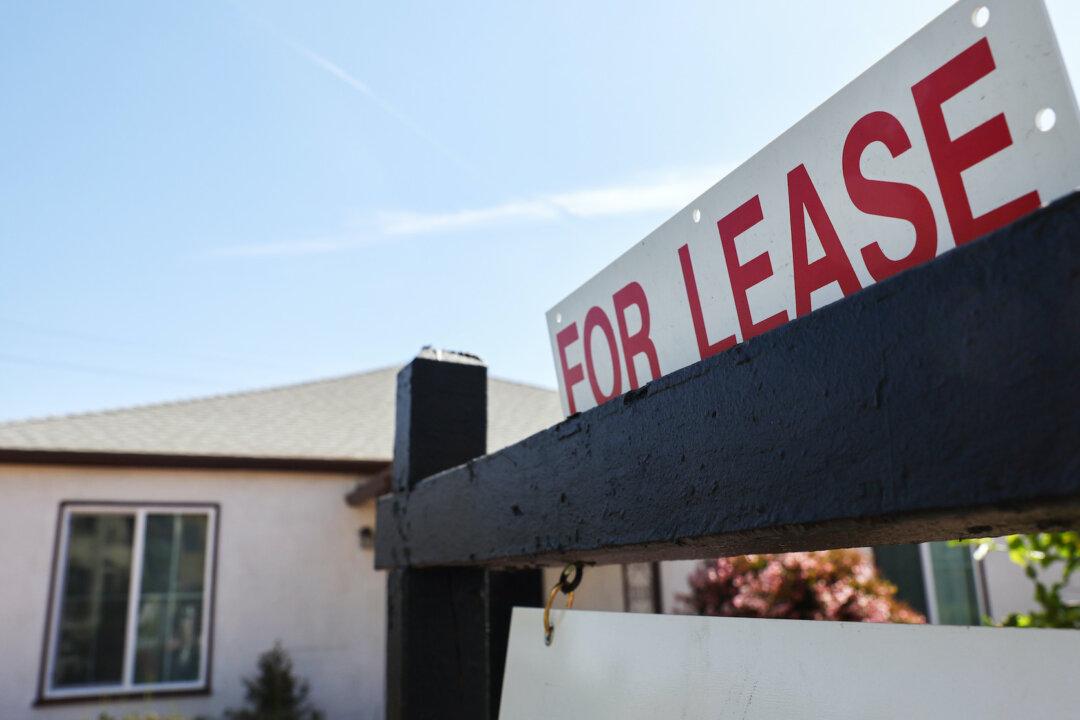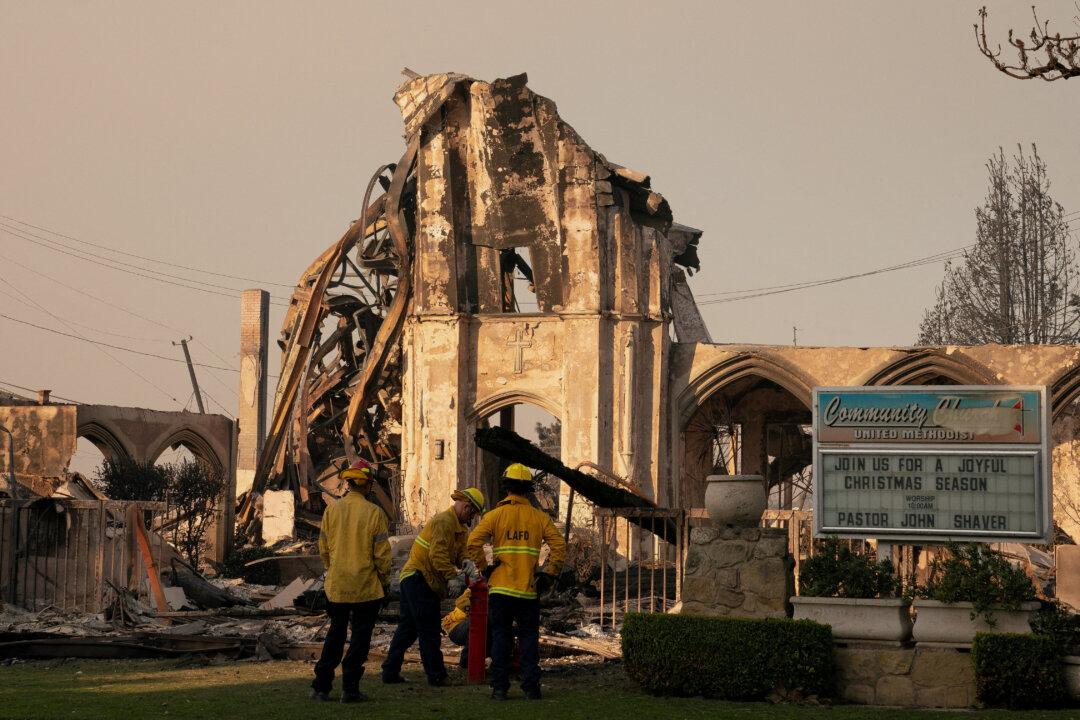California is home to some of the widest gaps between mortgage payments and rental costs in the nation, meaning it is increasingly harder to buy a home compared to renting one, according to analysts.
“Historically, people would rent, save money, and then buy a house. But, if the rents are high and the prices of houses are even higher, then there’s really no hope,” Joel Kotkin, a fellow in urban studies at Chapman University, told The Epoch Times. “Buying is becoming more and more difficult, unless you have inherited wealth, or if you have money from overseas.”
Bankrate compared average monthly rent to average monthly mortgage payments across the 50 largest U.S. metropolitan areas, and revealed that cities in California are at the top of the list when it comes to expensive home ownership, especially when compared to rents.
San Francisco has a buy-rent gap of 190.7 percent, making it home to the largest gap nationwide. The typical monthly mortgage payment in San Francisco was around $8,882, up 4.7 percent year-over-year, while the typical rent is $3,055, down 1.7 percent year-over-year.
San Jose comes in a close second on the list, where homeowners fork over mortgage payments that are 185.6 percent higher than rent. The typical mortgage payment is $9,438, up 10.5 percent year-over-year, with rent coming in around $3,305, down 1.3 percent year-over-year.
Los Angeles and San Diego have seen a similar trend. Mortgage payments in Southern California’s largest metro areas are 88.5 percent and 79.9 percent higher than rent, respectively, landing them sixth and ninth compared to other U.S. metros included in the study.
California Housing Costs
California homes are around twice as expensive as the typical American home, reported the California LAO, citing Zillow data. A mid-tier home in California costs around $789,000 in 2025, compared to the U.S. average of $361,000.Mid-tier home monthly payments reached nearly $5,900 a month in March 2024, making for an 82 percent growth in prices since January 2020, reported the California LAO. Bottom-tier home payments reached more than $3,500 per month, representing an 87 percent increase since January 2020.
Lack of Homeownership
Amid the rising prices, 70 percent of Californians believe children today will fare worse than their parents financially, according to a 2024 PPIC statewide survey.The survey found 29 percent of Californians skipped meals or ate less food in order to save money within the prior year, while 17 percent used CalFresh (food stamp) benefits. Moreover, 20 percent put medical care on hold as a result of financial constraints.
According to Mark Schniepp, director of The Economic Forecast, the main issue is housing.
“But there’s not much we can do about it outside of building more of it,” Schniepp told The Epoch Times in an email. “However we are unlikely to be able to build enough, given current regulations in place and current zoning.”
“The Coastal Act, CEQA, land costs and many local regulations prevent developing housing,” he added.
Kotkin agreed state policies have contributed to a lack of affordable housing, which makes it difficult to build in places that would otherwise be cheaper.
“What essentially is approved is increasingly high density and expensive in the inner city,” Kotkin said.
The bottom line, he said, is that home ownership is an important part of preparing for retirement. If you own a house, then you can stay there once you retire, because you probably have paid it off.
“The house is an asset,” he said. “[Owners] can borrow against it, they can sell, and then they can have a comfortable retirement.”
However, if an increasing number of people are forced to rent, “people will generally look to the state, or some other institution, to take care of them, because they have nothing of their own,” Kotkin said. “They’re going to rent for life, which means that when they retire, they’re not going to have any assets. They’re going to be dependent on state transfer payments.”
He sees such dependency as incompatible with democracy.
“Democracy is built on the fact that there’s some degree of independence on the part of a large part of the population,” he said. “If you own a house, you have a certain degree of autonomy that maybe you can think in a different way than if you are dependent on the fact that your landlord may decide to increase the rent 50 percent.”







